Description
Flower honey – is a product derived from the nectar of flowers of plants and trees, which is collected and processed in the body of worker bees. Processed nectar is placed in the wax cells. Here it has final fermentation and maturation, and later it is sealed. Honey contains up to 75-79% fructose and glucose, 15-18% water. The remaining 10.3% are the enzymes, minerals, cane sugar, organic acids, vitamins, flavor and tannin.
Monofloral honey, according to beekeepers practice, is impossible to collect. It is impossible to order bees, where to take the nectar, and where not, but if you take out the apiary to the mass flowering of a honey plant, for example, linden grove, it is possible to get honey approximately from only one bee plant
Linden honey has various beneficial properties. This is one of the first types of honey that people appreciated and have enjoyed for thousands of years. In the shade of blooming alleys, or just on the streets, planted with lime trees, the heady scent of tiny yellow-white flowers is all around us, and it attracts bees from the neighborhood. In the period of intensive selection the nectar on the flowers looks like drops of dew. Linden blossoms in late spring or early summer, selecting more nectar in warm, humid weather.
Linden has many historical destinations, symbolic and practical. Since pre-Christian times in Europe linden was considered as mystical tree of life, tree of health, justice tree, tree of victory, a symbol of fertility and an object of worship.
Lime trees were mentioned in ancient Greek and Roman mythology. The most famous legend is the story of a poor Phrygian couple, which the gods rewarded for their hospitality, endowing them with immortality, turning them into Linden and Oak.
For millennia, linden was planted in the center of towns or villages where the townspeople gathered later for events. Linden – is a national symbol of Slovenia. In the Slovenian town of Ruth there is a world-famous linden wood that is more than 850 years old, and the girth is more than 8 meters. The names of cities of Australia, Europe and North America contain the word “linden” or “lime”.
Linden honey – it is one of the most valuable and best varieties of honey. Bees collect it from the nectar of greenish yellow flowers of the queen of honey plants, as the people rightly called linden. One lime of middle age, growing in favorable conditions, with optimal weather conditions can give 40 or more pounds of high-grade honey, 1 ha of blossom lime gives more than 2500 pounds. Each flower gives 25 ml of nectar.
White lime honey – is one of the best varieties. Aroma of ripe honey is very thin and exquisitely fragrant. White honey color is pale yellow to greenish. It contains 39.27% levulose and 36.05% glucose. However, depending on the area where the honey was collected, the figures can be different. Among all species of honey there are two sweetest kinds – lime and heather.
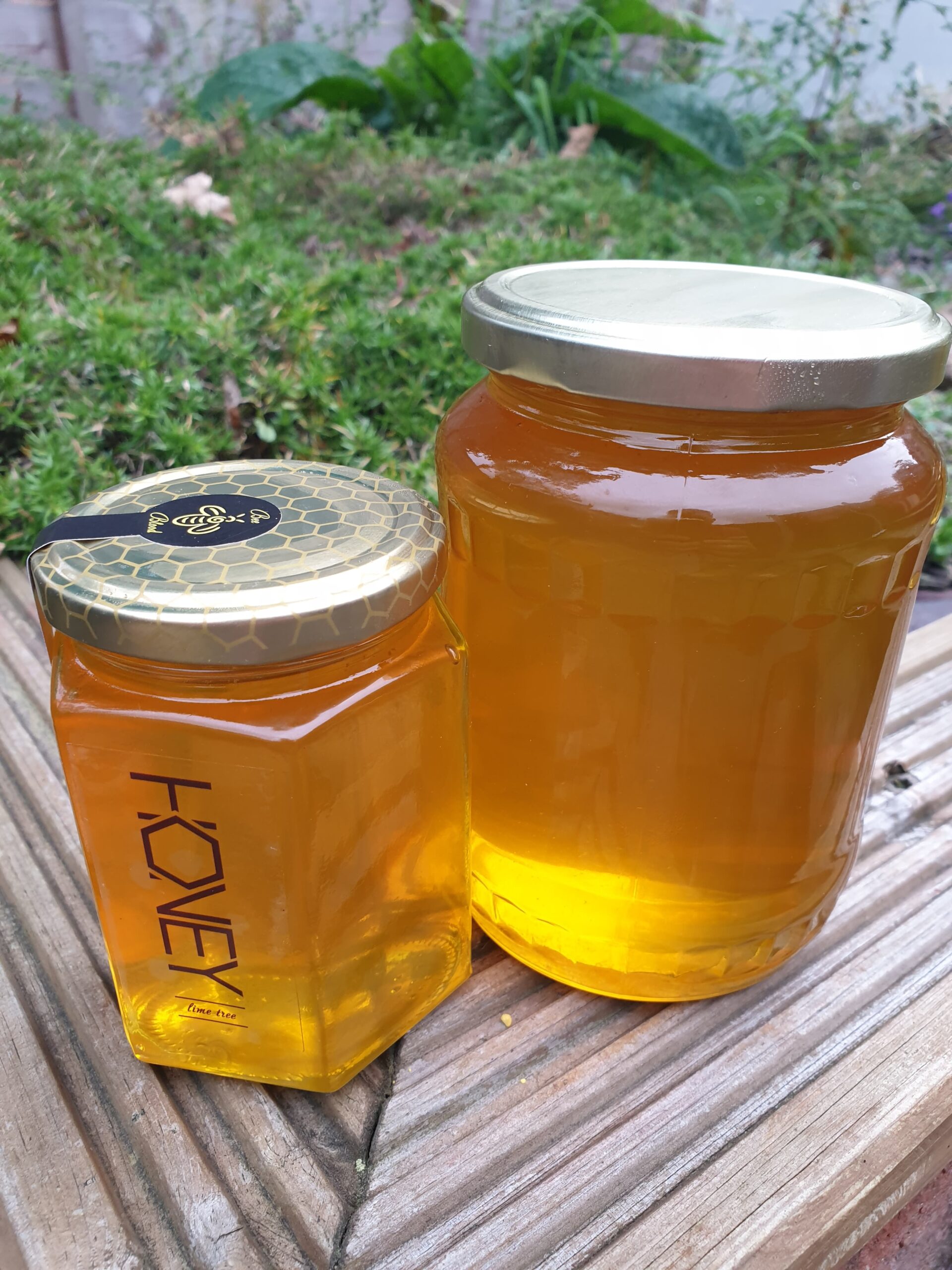
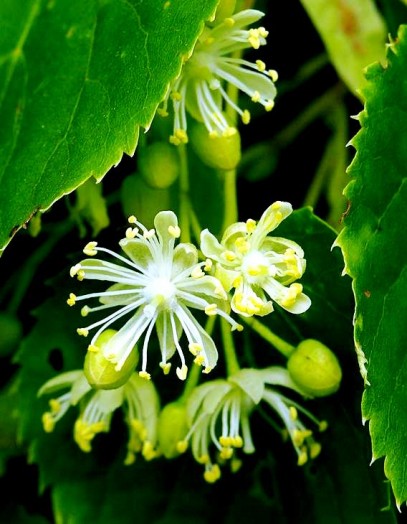
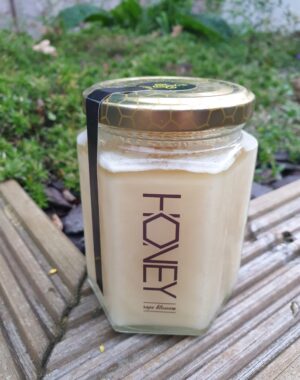
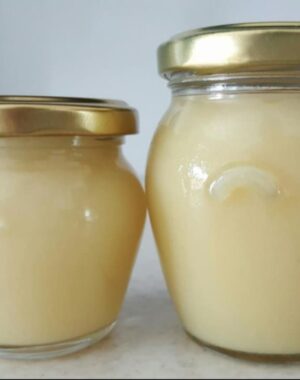

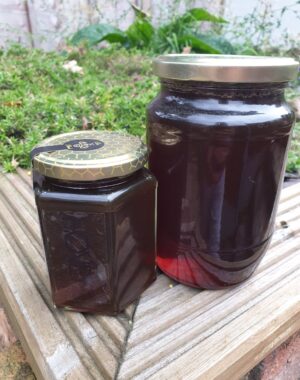
Reviews
There are no reviews yet.